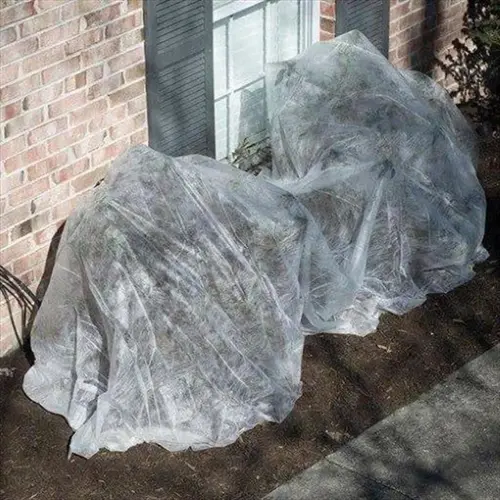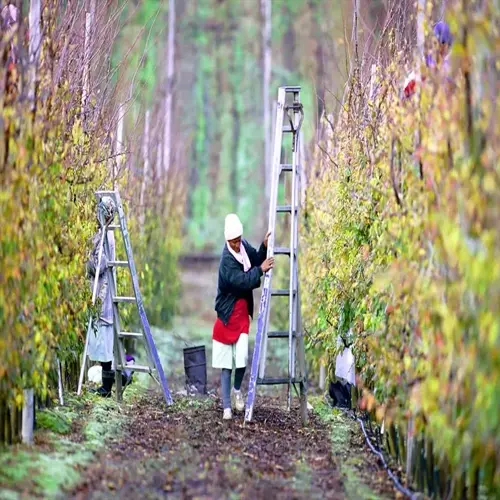How frequently should I water to prevent root rot?

Written by
Tina Carter
Reviewed by
Prof. Martin Thorne, Ph.D.Figuring out the proper watering frequency is very important for avoiding root rot while keeping plants healthy. This is something I learned quickly after losing a few succulents to overwatering, despite following advice that seemed simple enough. The watering needs of plants differ significantly between plant species and their environments. The secret to determining the proper watering frequency lies in understanding how and why factors such as environmental season, humidity, and container material affect the soil's moisture retention. The right frequency of watering strikes a balance between the plant's hydration needs and the oxygen needs of its roots.
Plant Requirements
- Succulents need 14-21 day intervals while ferns prefer 3-5 days
- Dormant plants require 50% less water during resting periods
- Flowering species need increased hydration during bloom cycles
Environmental Factors
- High humidity reduces watering needs by 30-40%
- Temperatures above 75°F (24°C) increase evaporation rates
- Low light conditions extend drying time significantly
Container Characteristics
- Terra cotta pots dry 25% faster than plastic containers
- Small pots need more frequent watering than large ones
- Drainage hole quantity directly impacts moisture retention
Check the soil moisture level accurately before watering to ensure optimal watering. Stick your finger two inches down next to the edge of the pot. If the soil feels cold or wet, wait to water. You can also install moisture meters that measure at the root zone level. I use finger tests in combination with moisture meter readings to feel more certain. Don't just water on schedule without confirming actual conditions.
Watering should be adjusted according to the time of year and the specific needs of the plant. In the summer heat, evaporation increases, and you will need to water more often. In the winter months, reduced evaporation will also decrease the plants' water needs by 30-50% due to lower light levels and cooler temperatures. When the seasons change, gradually transition to seasonal watering, watching how the plants react to adjustments. I know my peace lily needs more water because it starts drooping slightly, and my snake plants look slightly wrinkled when needing water.
Identify symptoms of overwatering before root rot occurs. The lower leaves turn yellow, marking the first signs of trouble. Prolonged wet soil surfaces indicate inadequate drainage. Fungus gnats around your plants indicate overwatering. Musty smells require immediate action. The warnings occur before root rot. Usually, a few days before irreparable root damage occurs.
Avoid problems with effective watering methods. Water thoroughly to the point of draining, then remove excess water. Use room-temperature water to minimize root shock. Watering in the morning allows the water to evaporate during the day, reducing your risk of rot. Keeping a plant journal with water dates and plant reactions will help with consistent results.
Read the full article: Spotting Signs of Root Rot Early

